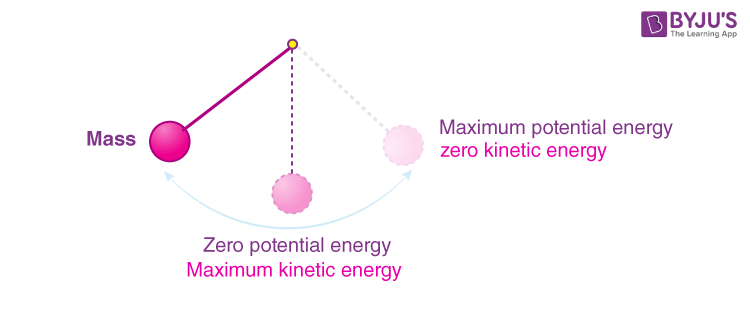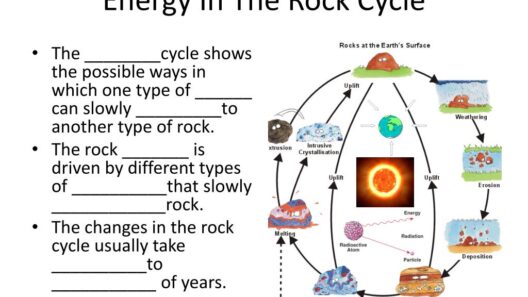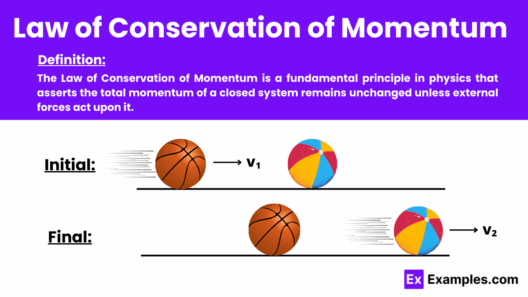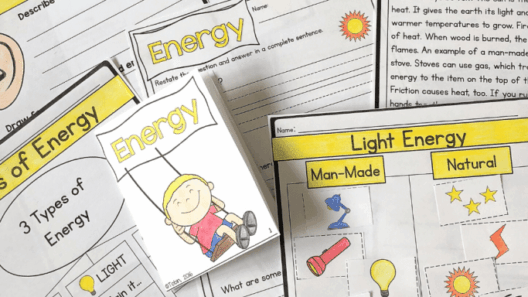Conservation of mechanical energy is a fundamental principle in physics that applies to various systems where energy can be neither created nor destroyed, only transformed. In simple terms, the total mechanical energy in an isolated system remains constant over time. This principle plays an essential role across disciplines, from engineering to environmental science, helping us understand complex systems and encouraging innovative approaches to energy sustainability. To embody this principle practically, one can employ several methods to assess whether energy is conserved in a mechanical context.
Understanding mechanical energy involves two major components: potential energy and kinetic energy. Potential energy pertains to the energy stored in an object due to its position or arrangement, while kinetic energy concerns the energy it possesses due to its motion. The conservation principle asserts that the sum of these energies remains constant if external forces, like friction, do not dissipate energy. Therefore, practical methods to evaluate conservation of mechanical energy can be as straightforward as conducting experiments that illustrate these concepts.
One effective methodology is the use of pendulums, which offer a vivid demonstration of energy transformation. As a pendulum swings, potential energy is maximized at its highest point and gradually converts into kinetic energy as it descends. To determine energy conservation, one can measure the maximum height and the speed at various points during the swing. Utilizing a protractor for angular measurements and a stopwatch for timing can yield accurate observations. By calculating the potential energy (PE = mgh) at maximum height and the kinetic energy (KE = ½ mv²) at the lowest point, you can substantiate the conservation principle. The values should ideally correspond, reflecting energy conservation and transformation during the motion.
Another compelling method relies on springs and Hooke’s law, which states that the force needed to extend or compress a spring is proportional to its displacement. By constructing a spring system, one can measure energy conversion as the spring is compressed and released. The potential energy stored in the spring can be computed using the formula PE = ½ kx², where k represents the spring constant and x is the displacement from the equilibrium position. As the spring returns to its rest position, this stored potential energy transforms into kinetic energy, illustrating energy conservation. Observing the system’s behavior enables a firsthand experience of energy interplay, revealing much about energy management in mechanical systems.
A deeper exploration can involve roller coasters or inclined planes. These systems engage gravitational potential energy and kinetic energy, offering a breathtaking manifestation of the conservation principle. By analyzing the height of the initial drop and the speed at varying points throughout the ride with precise measuring instruments, conclusions can be drawn about energy transformations. The excitement of a roller-coaster ride emphasizes mechanical energy conservation by providing a real-world connection to the underlying physics.
Moreover, real-life applications extend into everyday phenomena. Consider a simple activity such as throwing a ball vertically upwards. At its peak, the ball momentarily halts, embodying maximum potential energy while kinetic energy dwells at zero. Subsequently, as the ball descends, kinetic energy surges, and potential energy diminishes. Calculating the potential energy using the height reached and verifying the equivalent kinetic energy upon return to the original position solidifies understanding of energy conservation. This approach fosters curiosity, allowing individuals to contemplate the energetic underpinnings of simple actions.
Additionally, computer simulations provide innovative platforms for examining mechanical energy conservation. Various educational software options exist, allowing users to manipulate parameters in virtual experiments. By adjusting variables such as mass, height, and spring constant, one can visualize immediate energy transformations without physical constraints. This method not only piques interest but also cultivates analytical skills essential in experimenting with complex systems. Engaging with technology in this way also signifies a shift in perspective, revealing how to apply physics knowledge in a dynamic, contemporary environment.
Another practical approach seeks to extend the analysis of wind-up toys and mechanical devices. These toys, often cherished for their simplicity, serve as excellent demonstrations of energy conservation as they operate on the principles of stored mechanical energy. When wound, they possess potential energy that switches to kinetic energy during motion. By conducting experiments that measure the distance traveled against the number of wind-ups or the force exerted on the mechanism, one can draw connections between energy conservation and the mechanics of these fun devices.
Furthermore, in a broader context, understanding conservation of mechanical energy has profound implications in the realm of sustainability and environmental science. In an era where renewable energy sources are at the forefront of technological advancements, grasping these concepts encourages a deeper appreciation for how mechanical systems operate. It is vital to explore how energy is utilized, conserved, and transformed within systems designed to minimize waste. From wind turbines to hydroelectric dams, the corollary principles of mechanical energy conservation facilitate innovation, optimizing resource management.
In conclusion, determining conservation of mechanical energy incorporates a range of practical methods that evoke curiosity and foster understanding. Whether through pendulums, springs, roller coasters, real-life applications, simulations, or mechanical devices, each technique unravels the intricate dance between kinetic and potential energy. These explorations not only reinforce theoretical principles but also inspire a transformative perspective on energy dynamics. Ultimately, engaging with the conservation of mechanical energy empowers individuals to appreciate the significance of energy management and its applications in creating a sustainable future.








